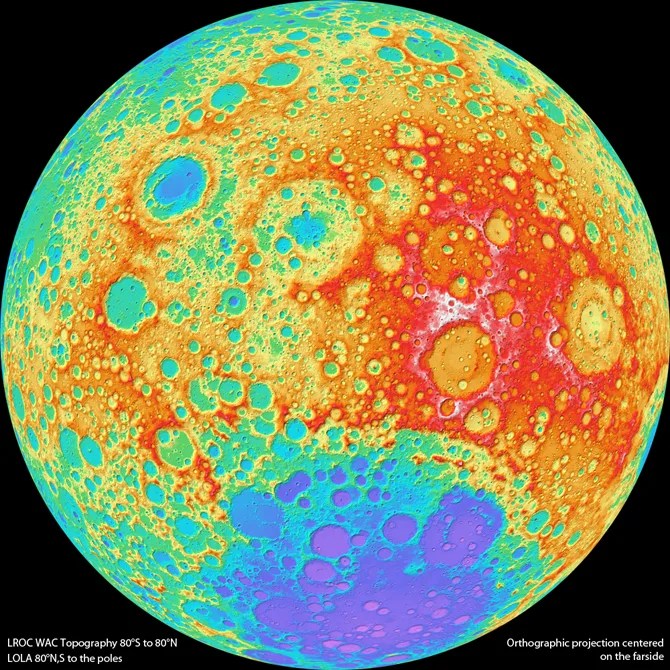
What We Study
The Moon is a cornerstone in our scientific quest to better understand everything within our entire solar system.
The Moon is a cornerstone for solar system science and exoplanet studies. Understanding the Moon helps us understand other planets, how they have evolved and the processes which have shaped their surfaces. It also helps us understand the influence the Moon has had on the Earth, the record of the ancient Sun, and it serves as a platform to study the rest of the universe. By using the Moon as our closest testing ground for robotics and instrument systems, we can further human exploration to not only the Moon, but the rest of the solar system. Leveraging human exploration infrastructure and resources supports and advances our ability to conduct remote field geology and other science investigations on planetary bodies with both crew and robotic assets.

The overall mission of ESSIO aims to ensure science from all the SMD divisions is being enabled by and included within exploration elements and technology investments throughout the entire agency. Strategic thinking on the best path forward for decadal-level science in exploration activities is applied to our commercial initiatives, international partnerships as well as cross-directorate collaborations.






























